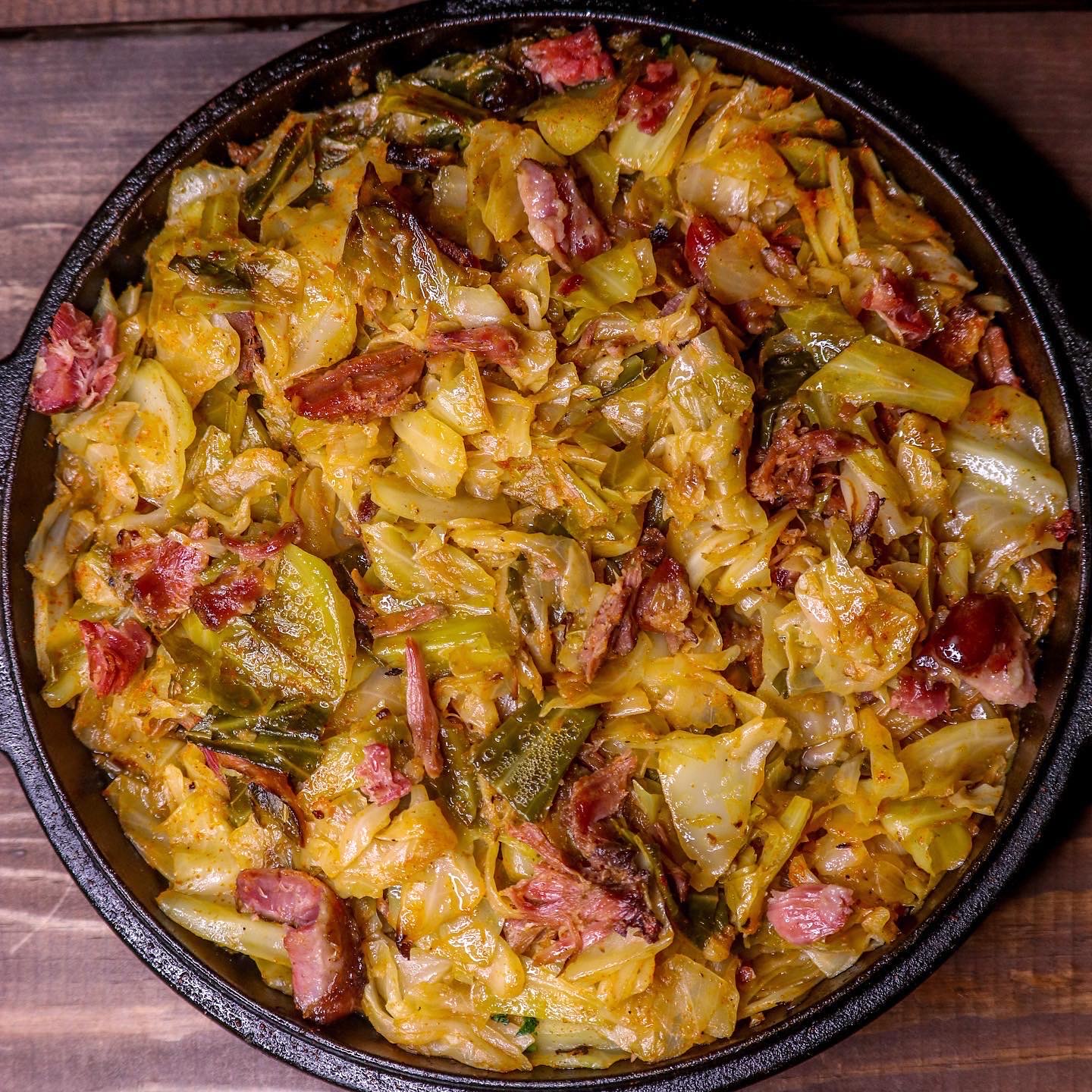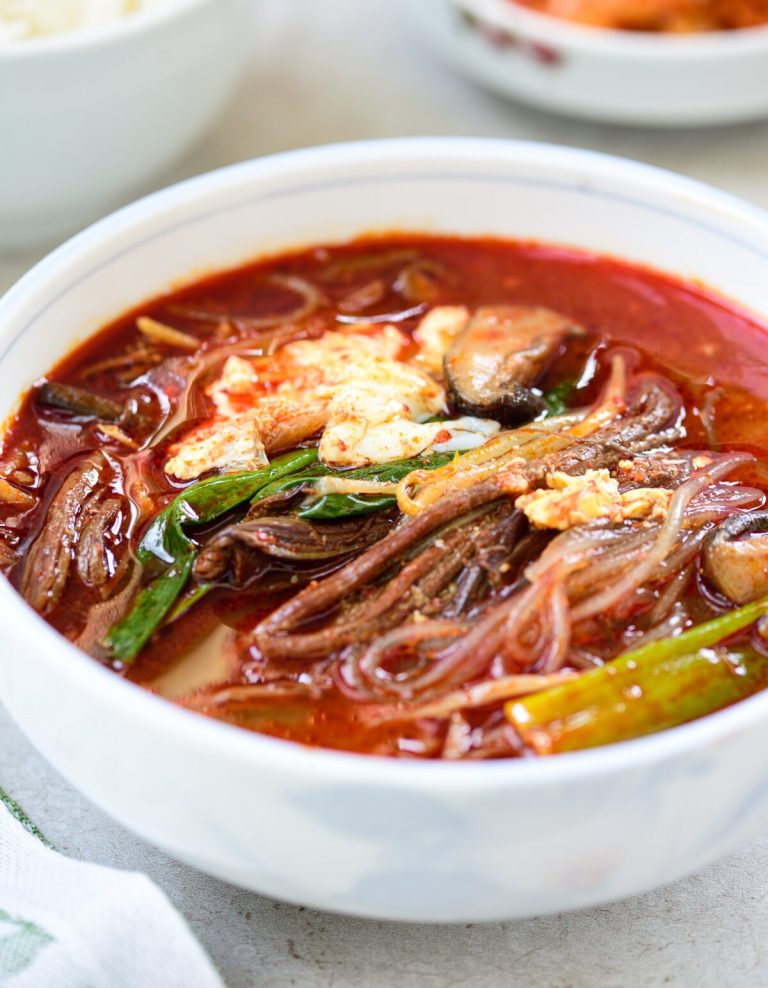Fried Ham and Cabbage Recipe: A Flavorful Dish with Rich Heritage and Nutritional Benefits
Fried ham and cabbage have roots in European cuisine, specifically Irish and German traditions. In Irish cuisine, the dish often appears during celebrations like St. Patrick’s Day, symbolizing comfort and simplicity. German regions incorporate it into winter meals, highlighting the dish’s hearty nature. These cultural ties make fried ham and cabbage more than a meal; it’s a celebration of heritage and home cooking.
Key Ingredients and Variations
Key ingredients in fried ham and cabbage include cabbage, ham, onions, garlic, and basic seasonings.
- Cabbage: Use green cabbage for its mild flavor and availability. Some recipes use savoy or napa cabbage for a different texture.
- Ham: Choose a smoked or cured variety for depth. Some versions include bacon or pork belly as substitutes.
- Onions: These add sweetness. Yellow onions are common, but white onions create a sharper taste.
- Garlic: Provides a subtle punch. Fresh garlic enhances flavor compared to powdered.
- Seasonings: Salt, pepper, and optional paprika or caraway seeds for a nuanced taste.
Variations include adding potatoes, carrots, or bell peppers. These vegetables enhance the dish’s heartiness and visual appeal. Some recipes use a splash of vinegar or apple cider to introduce acidity and balance the flavors. Adding butter or oil during cooking ensures the ingredients meld perfectly, creating a cohesive and flavorful dish.
Preparing Fried Ham and Cabbage
Essential Tools and Ingredients
For preparing fried ham and cabbage, you’ll need a few essential tools and ingredients to ensure a seamless cooking process:
Tools:
- Large Skillet: A large, heavy-duty skillet is crucial for evenly cooking the ham and cabbage.
- Sharp Knife: A sharp knife will help you efficiently chop the vegetables and ham.
- Cutting Board: A sturdy cutting board provides a safe surface for chopping.
- Spatula: A spatula is necessary for stirring and flipping ingredients.
Ingredients:
- Ham: Choose good-quality ham, either pre-cooked or fresh. Dice it into bite-sized pieces.
- Cabbage: Use a medium to large head of cabbage, chopped into thin strips.
- Onions: Slice the onions thinly to add sweetness and depth.
- Garlic: Mince the garlic to enhance the flavor.
- Seasonings: Salt, pepper, and any preferred herbs or spices like thyme or paprika.
- Butter/Oil: Use unsalted butter or a neutral oil like vegetable oil for frying.
Optional:
- Potatoes: Cut into small cubes for added heartiness.
- Carrots: Slice thinly for a touch of sweetness.
- Bell Peppers: Dice for color and flavor.
- Vinegar/Apple Cider: For a subtle tang.
- Heat the Skillet: Place your skillet over medium heat and add 2-3 tablespoons of butter or oil.
- Cook the Ham: Add diced ham to the skillet, and cook until it turns golden brown, about 5-7 minutes.
- Add Onions and Garlic: Add sliced onions and minced garlic, cooking until the onions are translucent, approximately 3-4 minutes.
- Incorporate Cabbage: Add the chopped cabbage gradually, stirring to combine it with the ham and onions. Cook until the cabbage wilts, around 10 minutes.
- Season: Sprinkle salt, pepper, and your chosen herbs or spices over the mixture. Stir well to distribute the flavors evenly.
- Optional Vegetables: If using potatoes, carrots, or bell peppers, add them during the cabbage step. Cook until they are tender, an additional 5-10 minutes.
- Finish with Vinegar/Apple Cider: Drizzle a small amount of vinegar or apple cider over the dish for a flavor boost if desired. Stir to combine and let it cook for 1-2 more minutes.
Your fried ham and cabbage are ready to serve. This dish can be enjoyed on its own or as a side to complement other meals.
Nutritional Benefits
Health Impacts of Key Ingredients
Fried ham and cabbage incorporates ingredients with significant health benefits. Cabbage provides essential vitamins and minerals, including Vitamin C, Vitamin K, and potassium. It contains fiber, aiding digestion and promoting gut health. Ham, a protein source, offers vitamins such as B6, B12, and minerals like selenium and zinc. Onions and garlic add antioxidants and compounds that support heart health by reducing inflammation. Including these ingredients can enhance the dish’s nutritional profile.
Diet Compatibility and Modifications
Fried ham and cabbage easily adapts to various dietary needs. For a low-carb version, omit the potatoes and carrots, focusing on cabbage and ham. To make it gluten-free, ensure all seasonings and additional elements like vinegar are certified gluten-free. For a lower sodium option, choose reduced-sodium ham and limit added salt, leveraging spices and herbs instead for flavor. Vegetarian versions can replace ham with tofu or tempeh, adding extra vegetables for texture and nutrients. These modifications ensure the dish aligns with diverse dietary preferences without sacrificing flavor.
Serving and Pairing Suggestions
Best Side Dishes
Complement fried ham and cabbage with simple, flavorful side dishes. Mashed potatoes add comfort with their creamy texture. Cornbread offers a slightly sweet balance to the savory main dish. Roasted root vegetables like carrots, parsnips, and turnips provide earthiness and a vibrant color contrast. Should you prefer a lighter option, a fresh garden salad with a tangy vinaigrette balances the richness of the ham.
Wine and Beverage Pairings
Pair fried ham and cabbage with suitable wines and beverages to enhance the dining experience. Chardonnay complements the dish with its creamy texture and hints of apple and citrus. Riesling’s sweetness counteracts the saltiness of the ham. For a non-alcoholic choice, apple cider provides a refreshing contrast with its crisp flavor. If you enjoy beer, a light lager or an Irish stout harmonizes well with the dish, adding depth to the meal.
Conclusion
Fried ham and cabbage isn’t just a meal; it’s a celebration of heritage and comfort. With its simple yet nutritious ingredients, you can enjoy a dish that’s both delicious and beneficial for your health. Whether you’re making it for a festive occasion or a cozy dinner, this versatile recipe can be tailored to meet various dietary preferences without sacrificing flavor. Pair it with the right sides and beverages to elevate your dining experience. Dive into this timeless classic and savor the rich history and taste it brings to your table.





